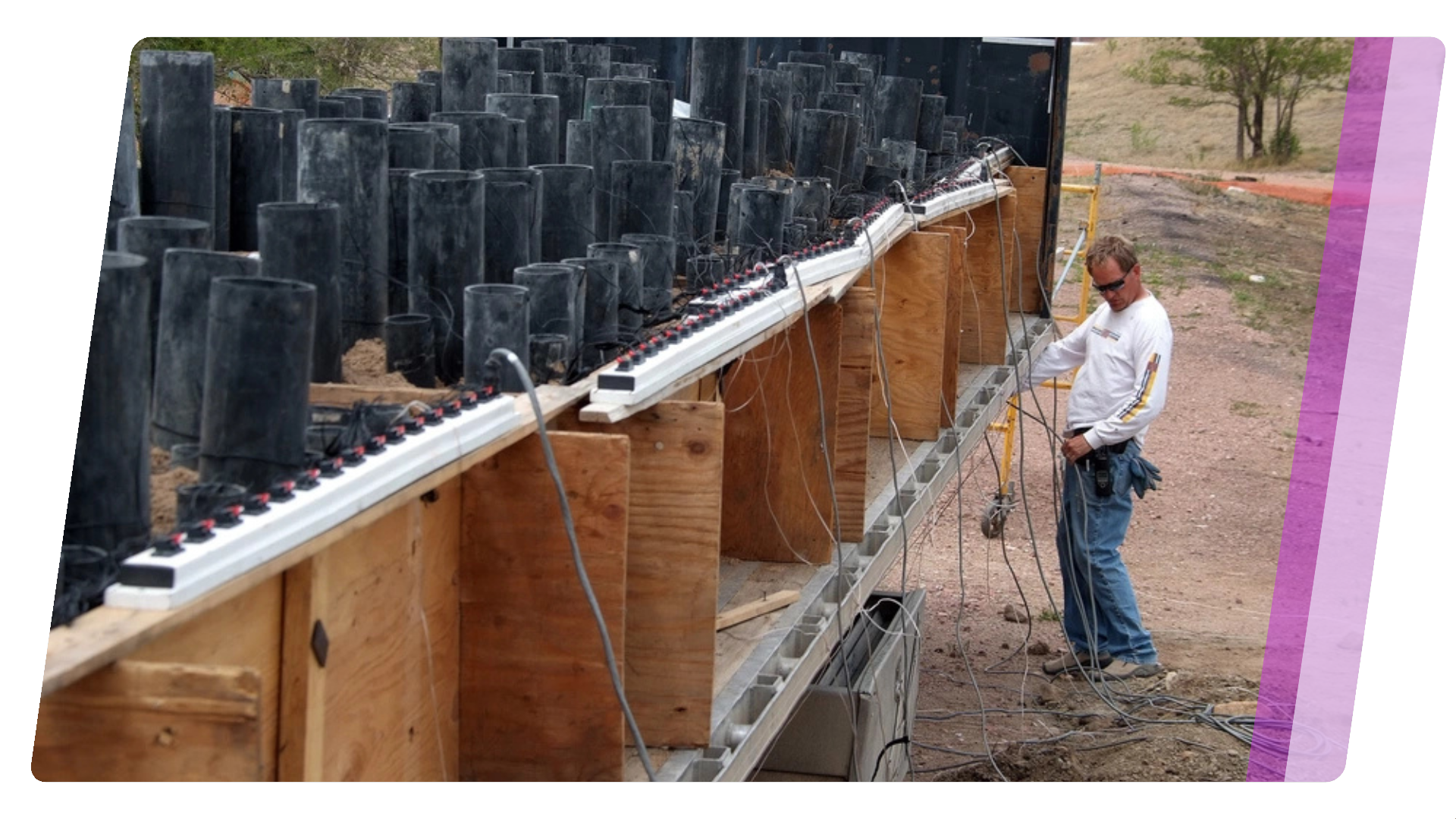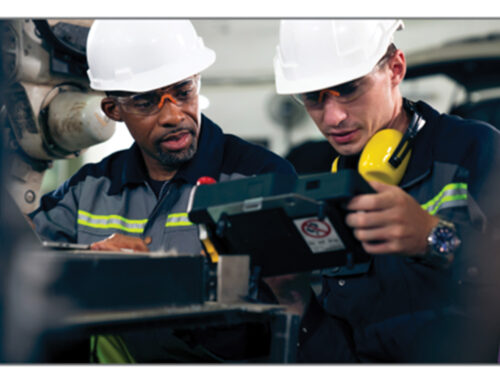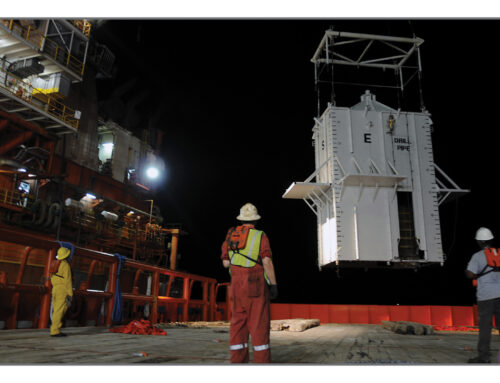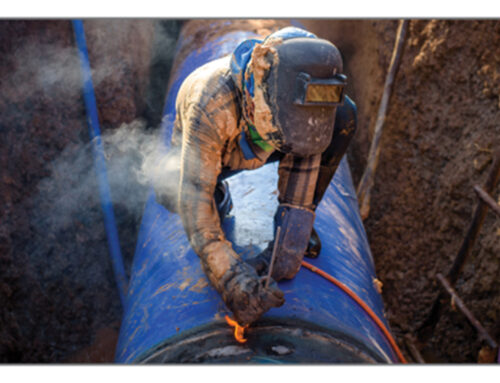Decoding Dangerous Jobs: The Pyrotechnicians Who Light Up Our Skies
Decoding Dangerous Jobs: The Pyrotechnicians Who Light Up Our Skies

When One Mistake Can End Everything
Behind every spectacular fireworks display lies a sobering truth: the professionals creating these moments of joy navigate life-or-death decisions with every shell they load. In 2024 alone, the pyrotechnics industry recorded 14,700 injuries and 11 deaths. These aren’t just statistics – they represent the harsh reality facing an occupation so overlooked it doesn’t even have its own classification in the O*NET database.
Training for the Unthinkable
Think about how most dangerous jobs prepare their workers. Construction crews practice with scaffolding. Electricians work on de-energized circuits during training. But how do you practice handling explosives that reach 2,000°F – hot enough to melt steel – when a single training error could prove fatal?
This is the impossible challenge facing pyrotechnics technicians. They operate under what the industry calls the “one mistake philosophy” – the brutal recognition that there are no minor errors when working with explosives. Every connection, every fuse, every placement carries potentially lethal consequences. Yet traditional training methods often rely on classroom instruction and limited hands-on practice with inert materials that can’t replicate the psychological pressure of handling live explosives.
When Milliseconds Matter
The parallels between civilian pyrotechnicians and military EOD specialists are striking. Both professions demand the same unforgiving precision:
- Split-second decision making when something goes wrong
- Perfect execution on the first attempt – no do-overs
- Team coordination where one person’s mistake endangers everyone
- Stress management while handling materials designed to explode
Yet military specialists often have extensive training facilities, simulation capabilities, and support systems. Civilian pyrotechnicians? They learn on rooftops, barges, and open fields with skeleton crews, where their “training environment” is indistinguishable from the real thing.
Consider this documented incident: A technician was securing quickmatch fuse when a spark – possibly from a staple hitting grit – ignited the fuse. The attached shell fired and struck him in the face, killing him instantly and injuring a coworker. This wasn’t a rookie mistake. It was an experienced professional who made one tiny error in a routine task.
The Hidden Cost of Inadequate Preparation
What makes pyrotechnics uniquely dangerous isn’t just the explosives – it’s the variability of conditions they face:
- Wind shifts that can push shells toward crowds
- Unexpected weather changes mid-show
- Equipment malfunctions with live audiences watching
- Misfires that must be handled while under time pressure
Traditional training can’t replicate these scenarios safely. You can’t practice handling a misfired shell that might explode at any moment. You can’t simulate the psychological pressure of 10,000 people waiting while you troubleshoot a firing system with live explosives connected.
This training gap shows in the statistics. Premature detonations, setup errors, and misfire handling account for the majority of serious incidents. Each represents a scenario where better preparation might have made the difference – if only there was a safe way to practice.
Beyond Pass/Fail: The Skills That Save Lives
The current approach to pyrotechnics training follows a concerning pattern: technicians either complete tasks successfully or… they don’t. But this binary assessment misses crucial performance indicators:
- How quickly did they recognize a potential hazard?
- What was their stress response when something unexpected happened?
- How effectively did they communicate with their team under pressure?
- Did they follow every safety protocol even when rushed?
Without detailed performance feedback, technicians can’t identify their weak points until it’s too late. They might handle 99 shows perfectly, but if they haven’t practiced managing their stress response during an emergency, that 100th show could be catastrophic.
The Expertise Exodus
Here’s what keeps industry veterans up at night: experienced pyrotechnicians are retiring faster than new ones can be trained. Why? Because the traditional apprenticeship model requires years of dangerous, real-world exposure to build expertise. Many potential technicians leave the field after close calls, unwilling to accept the risks while still learning.
The military faces similar challenges with EOD specialists. Both fields need ways to:
- Accelerate skill development without increasing risk
- Provide diverse scenario training beyond real-world limitations
- Build confidence through repetition in safe environments
- Develop decision-making skills for unprecedented situations
A New Approach to an Old Problem
What if technicians could experience a thousand different misfire scenarios without touching a single live explosive? What if they could practice emergency procedures until they become automatic, building muscle memory without risk? What if teams could coordinate complex shows repeatedly, perfecting their communication before lives are on the line?
Industries facing similar “one mistake” pressures – from nuclear operations to combat medicine – are discovering that immersive training technologies can bridge the gap between classroom theory and dangerous reality. When you can’t afford mistakes in the real world, you need environments where failure becomes a teaching tool rather than a tragedy.
The Bottom Line
Every Fourth of July, New Year’s Eve, and celebration in between, pyrotechnicians accept extraordinary risks to create moments of public joy. They deserve training that matches the sophistication of their challenges – preparation that goes beyond “watch and learn” to build the split-second decision-making skills that save lives.
The question isn’t whether better training methods exist. It’s whether we’ll implement them before the next preventable tragedy occurs.


